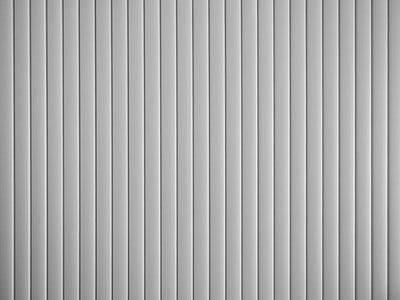An Essential Guide To UHV Compatible Materials
 All vacuum values are grouped according to the degree of vacuum that is created within the system.
All vacuum values are grouped according to the degree of vacuum that is created within the system.
The degree of vacuum is related to the pressure range that is present within the contained environment.
Understanding this is the key to determining whether you need an ultrahigh vacuum system.
Understanding UHV vacuum systems
Low or rough vacuum systems are concerned with removing bulk gases from the contained environment. Gas molecules interact with each other in a manner similar to a viscous fluid; fluid flow pumps are therefore used to create the vacuum.
However, even after the vacuum is created numerous molecules remain and interact within the space, and with anything placed within the space. The environment within a low vacuum will degrade over time. For the removal of a greater number of molecules, a high vacuum needs to be created within the contained space.
Once the vacuum is created there are still residual gas molecules, but the fewer number means there is more free space between them. This creates a more stable environment, but there is still a risk of contamination from the remaining molecules.
To remove this risk and provide a clean and highly stable environment an ultra-high vacuum is needed. In UHV systems, the environment is dry and the prevalent residual gas is hydrogen; light and mobile gas that is difficult to remove.
The gas is reduced as much as possible by reducing the gas load from the chamber walls. This provides the most stable environment, and significantly reduces the risk of contamination, both in terms of results and dirt particles.
What are the best UHV materials?
UHV compatible materials are those that will tolerate the baking process temperatures and that provide the lowest possible outgassing rates. In addition, they must be able to withstand the changes in pressure, provide cleanliness, and be at low risk of introducing contamination into the technology.
Metal is amongst the most common materials used in ultra-high vacuum equipment including the chamber, pump motors, butterfly valve, and flange components. However, not all metals, particularly alloys, are suitable.
For example, while stainless steel is a popular choice for components, 303 steel contains sulfur, which has a tendency to outgas. 304 stainless steel and its low carbon variant 304L are the most likely forms to be used in UHV systems.
Aluminum and aluminum alloys are also frequently used. However, the level of zinc in the metal needs to be kept low and the parts must not be anodized as this can trap water vapor. Aluminum bronze is suitable for creating sling fits against stainless steel and nickel is used widely in ultra-high vacuum parts, namely as mechanical parts in vacuum tubes.
Gold and platinum are often found within different parts, with gold used in gasket wire and in feedthrough pins. While there is a move to greater use of all metal parts within vacuum technology, glass and ceramic parts are still utilized.
Care needs to be taken in creating joins between glass or ceramics and metal; but when achieved correctly, the results are extremely positive. The parts that make up the structure of the vacuum system are not the only elements where material choice is important. Proper lubrication also needs consideration to ensure low outgassing rates and no degradation at high temperatures.
The importance of low outgassing rates
Outgassing is a major problem when trying to achieve ultra-high vacuums. Outgassing occurs in three ways: the release of absorbed gas, release of adsorbed gas, and the evaporation from the material itself.
While absorption and adsorption can be reduced through baking the system, evaporation is linked to the intrinsic properties of the material itself. The materials that are most likely to cause problems include cadmium, which is often present in soldering and brazing alloys, and zinc.
Zinc is problematic in UHV components and at higher temperatures because it can poison hot cathodes, as well as forming conductive deposits on other surfaces. PVC, Magnesium, and paints are also problematic, along with lead and antimony that can be present in soft solders and which outgas at higher temperatures.
A wide range of plastics, especially plastic tapes because of their adhesives, are also best avoided along with fiberglass composites. There are a number of residues that also need to be avoided where UHV is required. These include flux, lubricants that are used in the machining process to aid soldering and brazing.
Thoroughly cleaning parts before usage are essential in removing these residues and reducing the risk of outgassing.





